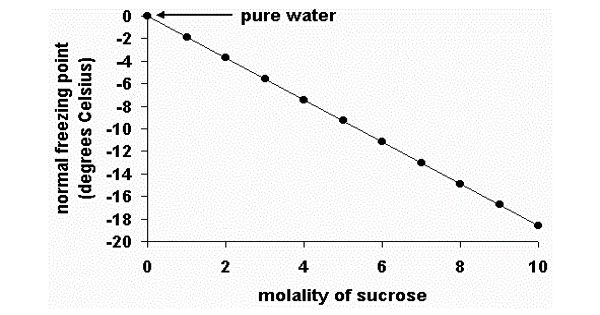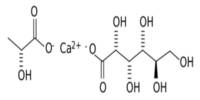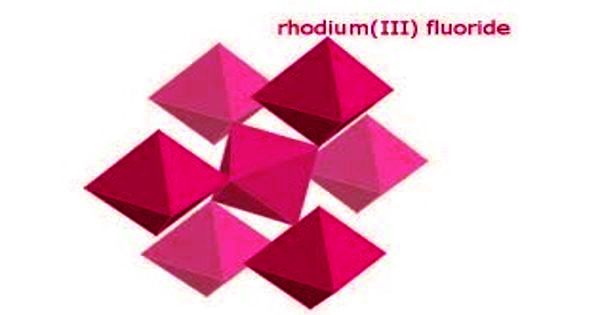Cadmium phosphide (Cd3P2) is an inorganic chemical compound. It typically appears as a yellow or orange solid and is known for its semiconductor properties. It is a grey or white bluish solid semiconductor material with a bandgap of 0.5 eV. It has applications as a pesticide, material for laser diodes and for high-power-high-frequency electronics.
It can be used in various applications, including in the production of photodetectors and in certain types of solar cells. However, it’s important to note that cadmium is a toxic heavy metal, and compounds containing cadmium can pose environmental and health risks.
Properties
- Chemical Structure: It typically forms a crystalline structure, often exhibiting a tetragonal or cubic arrangement.
- Physical Appearance: It appears as yellow or yellow-brown crystalline solids.
- Solubility: It is generally insoluble in water but can dissolve in strong acids.
- Melting Point: It has a relatively high melting point, around 800 °C (1,472 °F).
- Electrical Properties: Cd₃P₂ exhibits semiconductor properties, making it of interest for electronic applications.
- Thermal Stability: It shows some stability at elevated temperatures but can decompose under extreme conditions.
Synthesis and reactions
Cadmium phosphide can be prepared by the reaction of cadmium with phosphorus:
6 Cd + P4 → 2 Cd3P2
Occurrences
- Natural Occurrence: It is not commonly found in nature. It can occur in some mineral forms, typically as a product of cadmium-rich ores.
- Synthesis: It can be synthesized in laboratories through various chemical reactions, often involving cadmium salts and phosphorus compounds.
Applications
While not widely used, cadmium phosphide has potential applications in electronics, particularly in semiconductor technology and photovoltaic devices.
Safety
Like other metal phosphides, it is acutely toxic when swallowed due to the formation of phosphine gas when it reacts with gastric acid. It is also carcinogen and dangerous for the skin, eyes and other organs in a large part due to cadmium poisoning. Safety precautions should be taken when handling materials that contain cadmium or cadmium phosphide.
















